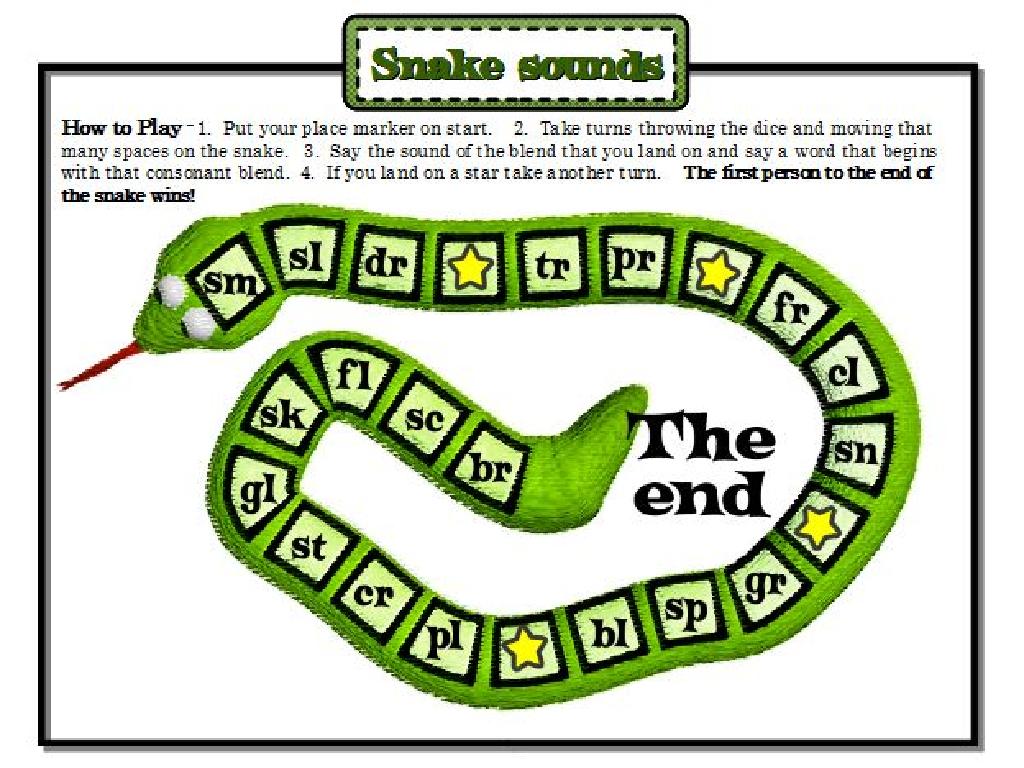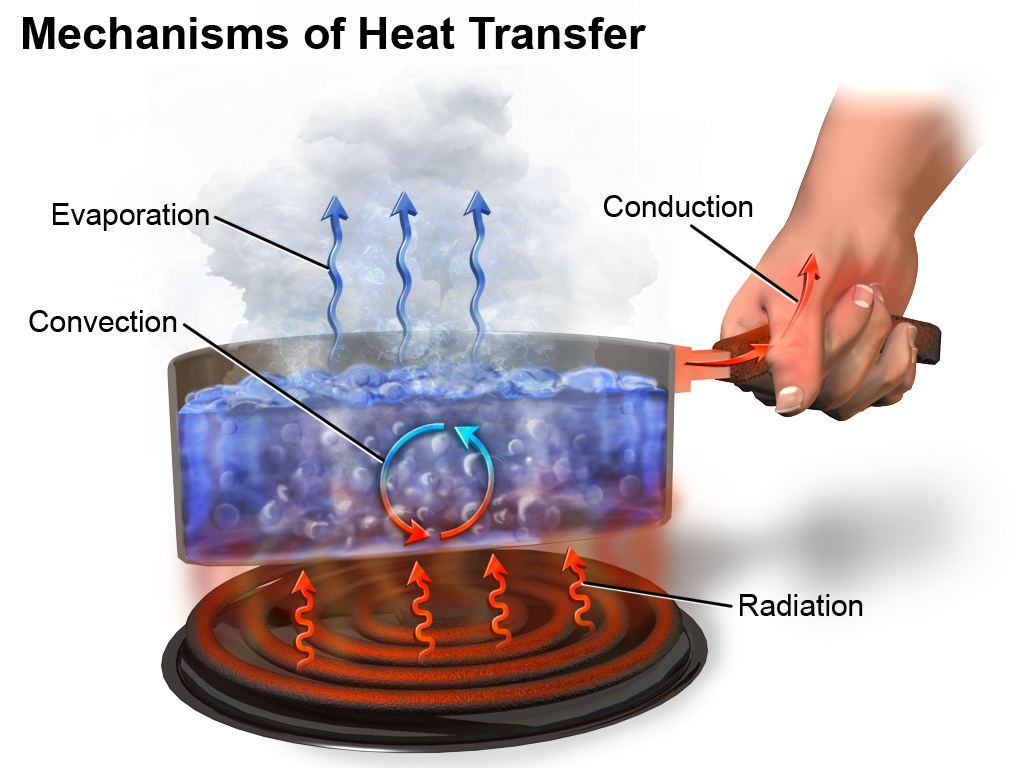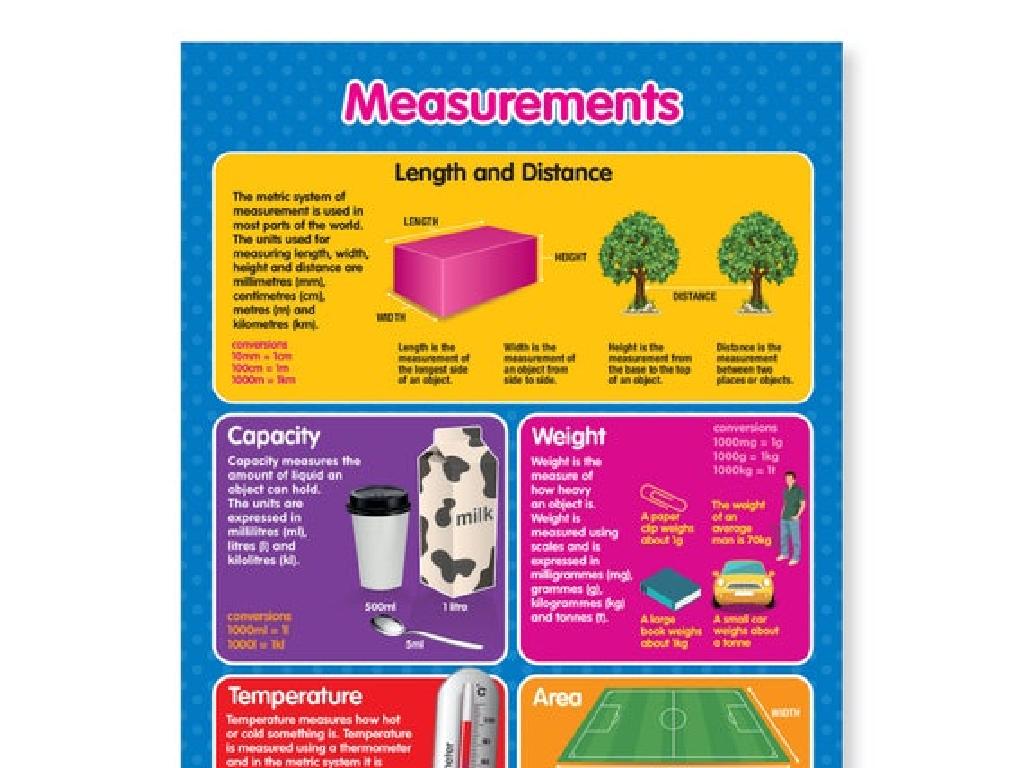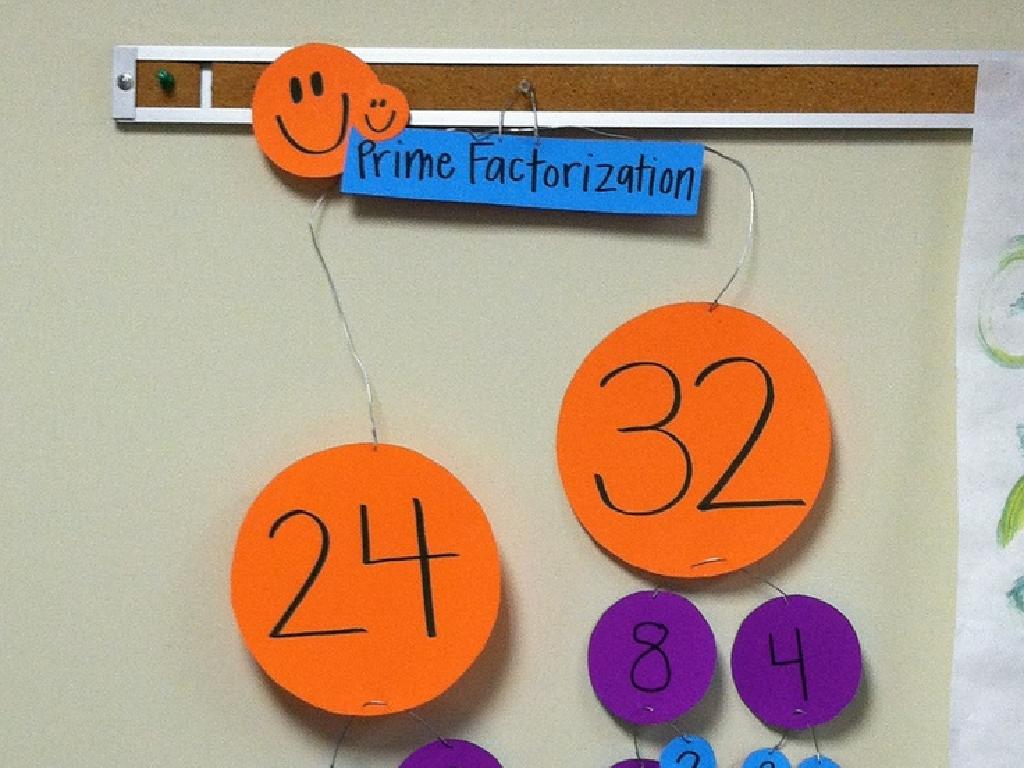Abbreviate Street Names And State Names
Subject: Language arts
Grade: Fifth grade
Topic: Abbreviations
Please LOG IN to download the presentation. Access is available to registered users only.
View More Content
Abbreviating Street & State Names
– Understanding Abbreviations
– Shortened forms of words or phrases
– The Purpose of Abbreviations
– They save space and time in writing
– Abbreviating Street Names
– St. for Street, Ave. for Avenue
– Abbreviating State Names
– CA for California, NY for New York
|
This slide introduces students to the concept of abbreviations, focusing on their use in street and state names. Begin by explaining that an abbreviation is a shortened form of a word or phrase, which is commonly used in writing to save space and time. Discuss why abbreviations are practical, especially in addresses and navigation. Provide examples of common street name abbreviations, such as ‘Rd.’ for Road and ‘Blvd.’ for Boulevard. Then, move on to state name abbreviations, like ‘TX’ for Texas and ‘FL’ for Florida. Encourage students to think of other examples and understand that each state has a unique two-letter abbreviation. This foundational knowledge will help them with writing addresses and understanding location-based texts.
Abbreviations: Street & State Names
– What are abbreviations?
– Shortened forms of words or phrases.
– Why use abbreviations?
– To write quickly and save space.
– Examples: Dr., Jan.
– Dr. for Doctor, Jan. for January.
– Practice with addresses
– Abbreviate ‘Street’ as ‘St.’, ‘Avenue’ as ‘Ave.’
|
This slide introduces the concept of abbreviations to the students, explaining that they are shorter versions of words or phrases used to save time and space in writing. Emphasize the practicality of abbreviations in everyday life, such as when writing addresses or referring to months and titles. Provide common examples that the students might encounter regularly. The slide also sets the stage for an activity where students will practice abbreviating street and state names, reinforcing their understanding of the concept. Encourage students to think of other words they know that are often abbreviated and to share these with the class.
The Power of Abbreviations
– Abbreviations speed up writing
– Useful in addresses for clarity
– Instead of ‘Street’, we write ‘St.’ to make addresses clearer
– Save space on forms and documents
– ‘California’ becomes ‘CA’, fitting easily on envelopes
– Standardized for universal understanding
– ‘Dr.’ means ‘Doctor’, and ‘Ave.’ means ‘Avenue’ to everyone
|
This slide aims to explain to fifth-grade students why abbreviations are important in our daily communication, especially when writing addresses. Abbreviations help us write faster and make reading more efficient. When dealing with addresses, using abbreviations such as ‘St.’ for ‘Street’ or ‘Rd.’ for ‘Road’ helps maintain clarity and saves space, which is particularly useful on envelopes and forms. It’s also crucial for students to understand that abbreviations are standardized, meaning they are recognized and understood by everyone, ensuring clear communication. Encourage students to practice by writing their address using abbreviations and to learn the standard abbreviations for states and common street names.
Abbreviating Street Names
– St. for Street
– Ave. for Avenue
– Blvd. for Boulevard
– Rd. for Road, Dr. for Drive, Ct. for Court
– Practice: Maple Rd., Ocean Blvd., Sunset Ct.
|
This slide introduces students to common abbreviations for street names, which is a practical skill for writing addresses correctly. Start by explaining that abbreviations are shorter forms of words used to save space and time. Show examples on a map or in an address book if possible. After presenting the abbreviations, engage the class in a practice activity where they write out full street names and then convert them to their abbreviated forms. Encourage students to share any street name abbreviations they’ve seen or used before. This will help them remember these common abbreviations and understand their usage in everyday life.
State Name Abbreviations
– Every state’s unique abbreviation
– Two letters represent each state, like FL for Florida
– Examples: CA, NY, TX
– CA is for California, NY for New York, TX for Texas
– Memorization techniques
– Use flashcards or games to remember each abbreviation
– Practice with all states
– We’ll go through all 50 states and their abbreviations
|
This slide introduces students to the concept of state abbreviations, which are essential for addressing mail and understanding geographical locations within the United States. Start by explaining that every state has a unique two-letter abbreviation that is standardized across the country. Provide examples of common state abbreviations and discuss the importance of memorizing them. Offer memorization strategies such as using flashcards, mnemonic devices, or interactive games. Plan an activity where students can practice writing and recognizing abbreviations for all 50 states, reinforcing their learning through repetition and engagement.
Practice Time: Abbreviating Addresses
– Learn to abbreviate addresses
– Example: 123 Maple St., Sacramento, CA
– ‘Street’ becomes ‘St.’ and ‘California’ becomes ‘CA’
– Now it’s your turn!
– Try with various addresses
– Use different street and state names
|
This slide is an interactive activity designed to help students practice abbreviating street and state names, which is a common practice in writing addresses. Start by explaining that abbreviations help make writing more concise. Show the example provided to illustrate how ‘Street’ is shortened to ‘St.’ and ‘California’ to ‘CA’. Then, encourage students to try abbreviating addresses on their own. Provide them with a list of common street and state abbreviations if needed. For the activity, students can work with addresses from their own experience or fictional ones. The teacher should walk around the classroom to assist and check on students’ progress, offering help and corrections as needed. This activity will reinforce their understanding of abbreviations in a practical context.
Class Activity: Abbreviation Scavenger Hunt
– Hunt for street & state abbreviations
– Work in pairs to find abbreviations
– Write down your abbreviation discoveries
– Look around the classroom, school, or use your memory
– Class discussion on your findings
|
This activity is designed to engage students in a practical exercise to identify abbreviations for street and state names, reinforcing their understanding of abbreviations in a fun and interactive way. Have students work in pairs to encourage collaboration. They can look for abbreviations on maps, signs, textbooks, or draw from their own knowledge. After the scavenger hunt, bring the class together to discuss the various abbreviations found, their meanings, and the importance of using proper abbreviations in writing. Possible variations of the activity could include a timed challenge, a competition to find the most unique abbreviations, or creating a classroom abbreviation dictionary as a resource.
Conclusion & Homework: The Value of Abbreviations
– Importance of abbreviations
Abbreviations save time and space in writing.
– Benefits of knowing abbreviations
Understanding them improves reading and writing skills.
– Homework: Craft a short story
Use at least 10 abbreviations in your story.
– Include 10 different abbreviations
Examples: St. for Street, Dr. for Drive, FL for Florida
|
Abbreviations are a key part of writing efficiently and are widely used in everyday communication. They help us save time and space, especially when dealing with long or complex terms. Knowing common abbreviations like those for street and state names is essential for clear and effective writing. For homework, students will write a short story incorporating at least 10 different abbreviations, which will help them practice identifying and using abbreviations correctly. This activity will also enhance their creativity and storytelling skills. Encourage students to share their stories in the next class to foster a collaborative learning environment.






